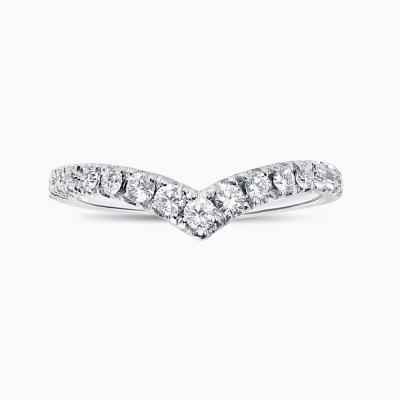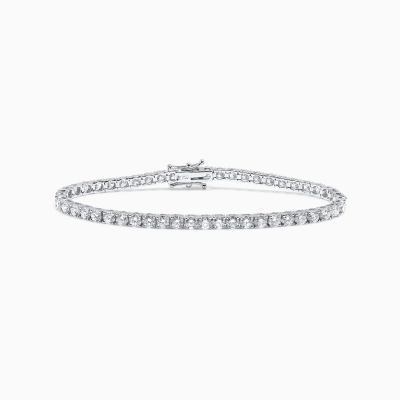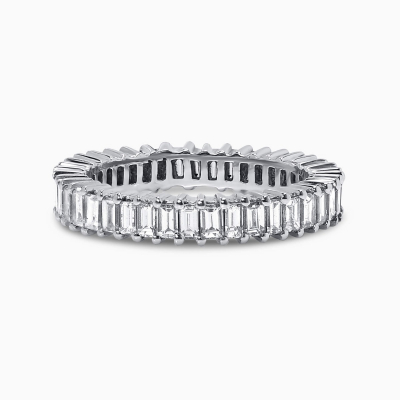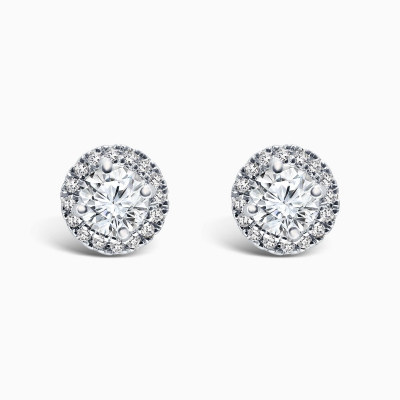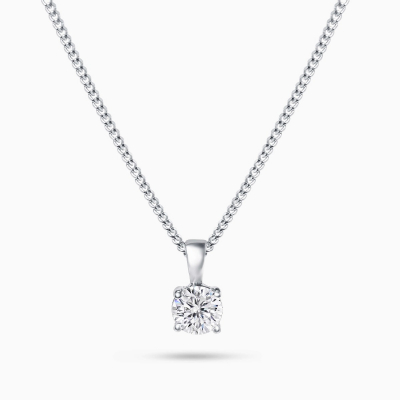USD
/
USD
/
Shipping to:
Currency:
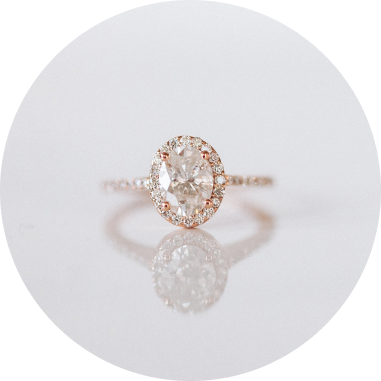
The Natural Beauty Of Diamonds
For many thousands of years, diamonds have been coveted and valued throughout society for their beauty, brilliance, sparkle, and in some cases, for their believed mystical properties. In fact, they now account for approximately 90% of all previous stones purchased globally, showing their unending popularity and importance in society.

Dating as far back as the early 4th century BC in India there is evidence of diamond trading, and many other ancient cultures used diamonds within pieces of armor to give the wearer courage, strength and protection from danger when going into battle. In the Middle Ages diamonds were even believed to have healing properties for various physical and mental illnesses. Since the mind 1930s diamonds have become synonymous with love being given as tokens within engagement rings, wedding rings, eternity rings and other pieces of keepsake jewelry.
Diamonds are the only gemstone composed of nearly 100% carbon atoms, making them the hardest most durable substance known to man. In fact diamonds are so hard that only another diamond can scratch the surface.
Perhaps the attraction and fascination with diamonds comes from the unique properties of this natural entity. Diamonds are formed within the Earths core approximately 90 to 130 miles below the surface from carbon deposits which are subjected to high pressures of over 45kbar and temperatures of 900 – 1300 degrees Celsius. The majority of diamonds take millions, or even billions, of years to form as the conditions of temperature and pressure need to be perfectly combined to ensure growth of the diamond. They are brought to the Earth’s surface through volcanic activity.
The first large scale diamond mine was The Kimberley Mine in South Africa founded in 1888 by the world renowned De Beers. Today the top diamond producers are Russia, followed by Botswana, Canada, Angola, and South Africa.
Cut
A mistake commonly made is to confuse diamond cut with shape. The cut of a diamond determines how well its facets interact with light to produce a diamond’s sparkle. The quality of the proportions, polish and symmetry of the cut deliver the return of light that only a diamond can exhibit. This encapsulates the factors of:
Brightness - created by the white light that reflects from the top of the diamond.
Fire - the flares of rainbow colors created by the scattering of white light.
Scintillation - the flashes of light responsible for the amount of sparkle a diamond produces, and the pattern of dark and light areas which are caused by reflections within the diamond.
Cut grades range from Excellent, Very Good, Good, Fair and Poor taking into account various attributes of the diamond that are not visible to (or can’t be measured by) the naked eye. Excellent refers to a diamond with the very best light performance, which is largely influenced by the relationship between the depth or the diamond and the surface table - the diamond all buyers would covet as having maximum sparkle.

Shapes
Diamonds come in all shapes and sizes from the classic simplicity and enduring popularity of the Round Brilliant, to the elegance of the Princess cut with its sharp corners creating a more contemporary edgy style, to the unusual elliptical shape of the Marquise cut. There is a diamond shape to suit every personal taste and design style.

Clarity
There is no such entity as a ‘perfect’ diamond. Almost all will exhibit small impurities referred to as ‘inclusions’. These are caused during formation of the diamond by imperfections in the crystal structure and mineral impurities which become trapped inside the stone. They are not however always visible to the naked eye.
Diamonds are graded for clarity which defines how many inclusions a diamond possesses. If inclusions are apparent to the naked eye then the diamond will have a very low clarity grading. The location and size of any inclusions is a significant factor in grading and will determine the value of a diamond. The grading scale begins at Flawless / Internally Flawless (FL/IF), Very Very Slightly Included (VVS1/VVS2), Very Slightly Included (VS1/VS2), Slightly Included (SI1/SI2) to Included (I1, I2 and I3). When choosing a diamond it’s very important to understand clarity grades in order to make a wise choice.

Carat
A common mistake made by many when first purchasing diamonds is that carat relates to the size of the diamond. This is incorrect, as how large a diamond appears to be is determined by other factors including cut and shape. This is the reason that when buying a piece of diamond jewelry it’s important to understand the actual relevance of carat as a scale of measurement. 0.50 carat equals 0.1 gram, one carat equals 0.2 grams and 5 carats equals 1 gram. As carat weight increases so does the diamond size, but this relationship isn’t linear but is a curve. So for example, a 2.0 carat diamond will not be twice as big as a 1.0 carat diamond. What carat does determine is the price of a diamond with higher carats being more expensive.

Color
Color grades refer to white or colorless diamonds. It is a ranking by an alphabetical color scale from D to Z with D being transparent (D for desirable as these diamonds are extremely rare and command the highest prices). To progressively developing a yellow or brown tint as you go down the scale towards Z.

Certificates
Diamond certification is issued by trained gemologists using highly specialized equipment to measure the dimensions and weight of diamonds, and to provide an assessment of their quality through characteristics such as clarity, cut and color.
This information is then recorded in a diamond certificate or grading report which accompanies the diamond at the point of sale.
The Gemological Institute of America (GIA) is the world leader in gemstone grading and rating. This organisation sets the standard for diamond quality, and has created numerous industry accepted scales upon which to assess factors such as carat, cut, color and clarity grade. All diamonds sourced and sold by Reve Diamonds are fully certified by the GIA







